
Feel free to add tags, names, dates or anything you are looking for


Tao-Klarjeti is a general name that was coined in the academic language of the 19th century to define the medieval Georgian heritage, movable and immovable, related to the “Georgian Kingdom” or the “Kingdom of Kartvelians”. Their Kingdom included the provinces of Erusheti, Artaani, Samtskhe, Shavsheti, Tao, Kola, and Klarjeti, which mainly comprised the basin of the River Chorokhi (Çoruh) and the headwaters of the River Mtkvari (Kura). Today it corresponds to the provinces of Erzurum, Artvin, Ardahan, and partially Kars in north-eastern Turkiye.
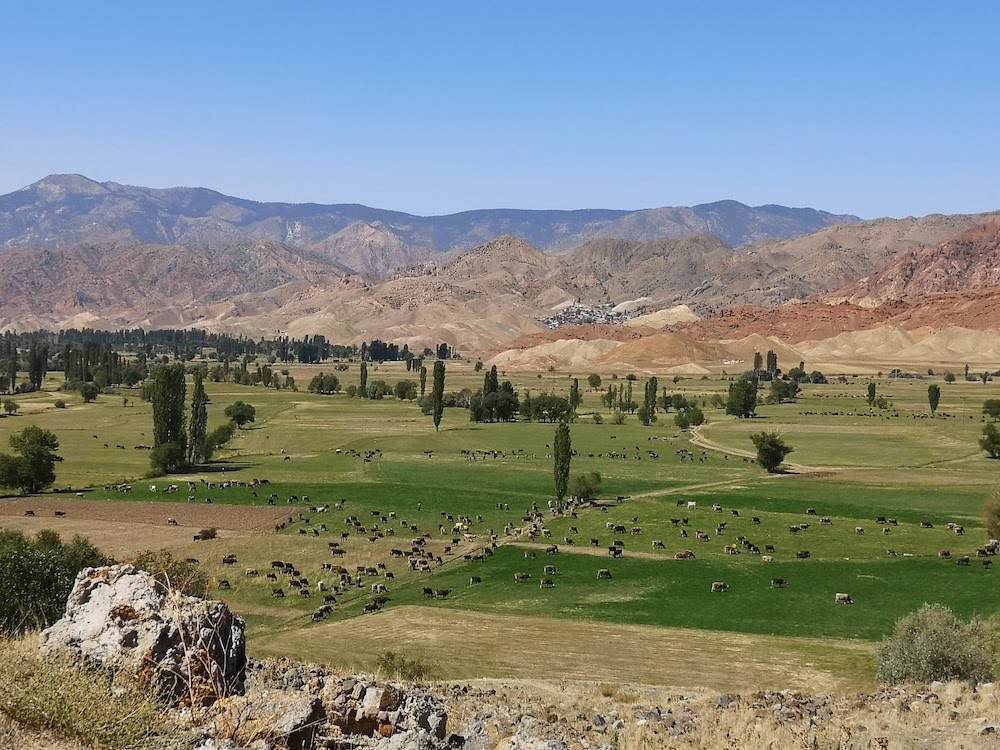
Oltu Valley, view from Bana Cathedral. Photo by Irene Giviashvili
The Kingdom was split into two branches: the Klarjeti branch and the Tao branch, thus gaining the name the “Tao-Klarjeti Kingdom”. The millennial reign of the Bagrationi dynasty began in this region, but its history dates back to the very roots of the Georgian nation. The Georgian Chronicles provide a list of the oldest Georgian cities that were established by Kartlos, the mythical founder of the nation, and his descendants. Among the most ancient are the major cities of the region: the fortified city of Tukharisi in Klarjeti, Tsunda, and Artaani in Javakheti.
Tao-Klarjeti played a much more important role in the history of Georgia than merely another province. This is the very place where the idea of a United Georgian state was born and executed, but long before the first united army of the eastern Georgian Kingdom of Iberia and Colchis (western Georgia) was formed. The 11th-century chronicler Leonti Mroveli recounts how in the 3rd century BC, King Parnavaz of Iberia decided to confront the Eastern Roman Empire. He was joined in this campaign by the Colchians and Ossetians, and the site of the battle was a place called Huri (the city of demons), which at that time had already been abandoned. The rock-cut complex near the modern Altas (an old Huri, Ardahan) still bears the name “Nakalakoi” (which in Georgian means abandoned city), and most probably witnessed this story.
The first church for the newly-Christianized Iberia was built here in the village of Erusheti, in Artaani, by Byzantine masons traveling to Mtskheta. When the newly converted Iberian King Mirian sent a mission to Constantinople, the Emperor Constantine the Great sincerely rewarded the Georgian King with holy relics and sent masons to build churches. The first episcopates were formed here in Klarjeti at Ahiza and Mere, followed by the first monastery at Opiza – all of which were established during the reign of King Vakhtang Gorgasali (5th century).

Akhiza fortress (Ferhatlı Kalesi), general view.
During the era of Arab domination in eastern Georgia, which began in around 640, Erismtavari Ashot Bagrationi (786 — 826) left Tbilisi and moved to the periphery — to the southwestern provinces of the country that bordered Byzantine lands. Accordingly, at the end of the 9th century, a new principality was founded, with its royal residence in Artanuji (present-day Ardanuç, Turkiye). The area’s topography, featuring high plateaus and deep canyons, offered fertile farmland and easily defensible positions. Surrounded by the Islamic World on the one hand, and sharing a border with the Byzantine Empire on the other, the Bagrationi Kings played a crucial role in changing the political and cultural landscape of the region.
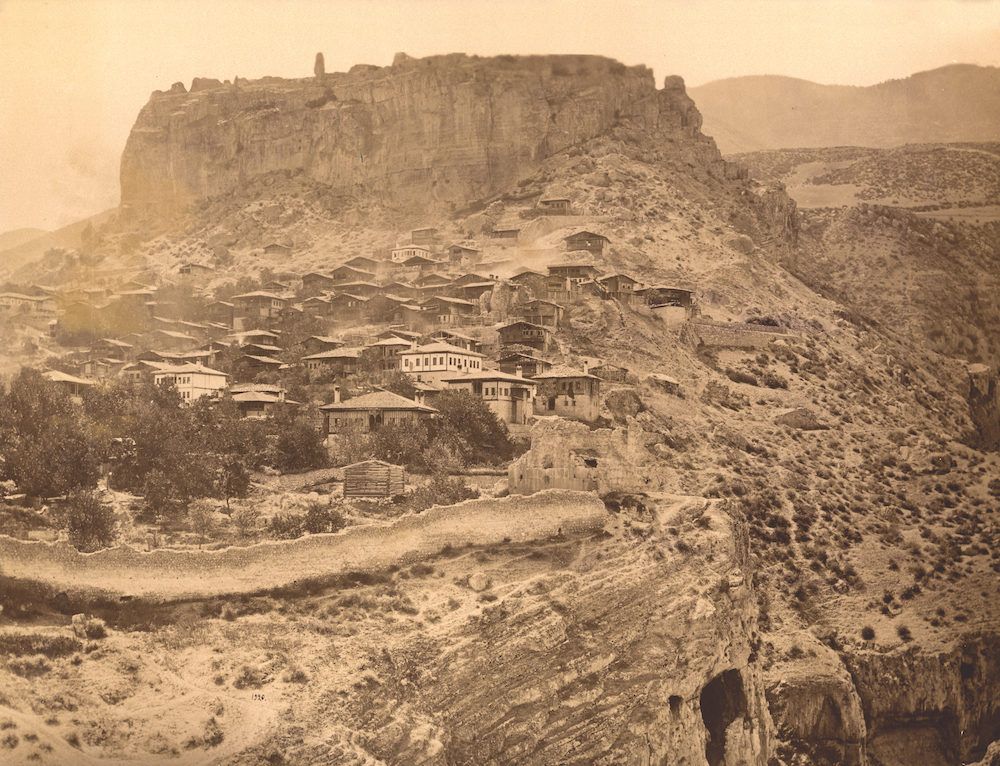
Artanuji (Ardanuç),, general view. Photo by Dimitry Ermakov, 1877–1878
The Georgians of Tao-Klarjeti brought monasticism to a new level, particularly through the activities of Father Grigol Khantsteli (Gregory of Khantsta), who established new monasteries and restored the old ones. These monasteries produced books, the finest masterpieces of metalwork, and were rich with icons and liturgical objects.
The Georgian Chronicles state that “Klarjeti was protected by a rocky environment,” and it appears that such a location provided not only physical, but also spiritual tranquility for its inhabitants. In the mid-10th century, leadership was taken up by the Tao branch of the Kingdom.
King David III, who reigned with spectacular success from 958 to 1001, dramatically altered Georgian history with his diplomatic, military, political, economic, educational, and cultural achievements. The monasteries that were founded or redeveloped during David's reign (
huli, Oshki, Otkhta Eklesia and Parkhali) came to define the very borders of the Kingdom. Georgians from Tao-Klarjeti were able to establish the new Georgian monastery of Iviron on Athos in 983. The Iviron Monastery soon became an important destination for spiritual and educational purposes. A leading school of translation was founded on Athos, and the steady flow of monks from Tao supplied a constant exchange of knowledge and culture during the medieval centuries.

Otkhta Eklesia (Dört Kilise) monastery, general view. Photo by Lynn and Michael Almonds, 1984
Located at a geographical and cultural crossroads, and also owing to the political, religious, and cultural ideology of the Georgians of Tao-Klarjeti, the country became an integral part of and active player in the regional changes that were occurring in the Caucasus and Anatolia. The religious centers in Tao-Klarjeti became a kind of transmitter for cultural exchanges among Christian centers, as well as between the Christian and Islamic Worlds. At the same time, the fortifications that created a kind of grid of massive fortresses and small watchtowers served as a powerful barrier against political expansion.
The importance of Tao-Klarjeti declined once the center of the united Georgian Kingdom moved first to Kutaisi (ca. 1000), and finally to Tbilisi (1122), although its cultural impact was diffused around the rest of Georgia. The historic Georgian provinces of Tao-Klarjeti were taken first by Ottoman Turkey in the 16th century, and ultimately by the Turkish Republic according to the Kars treaty of 1923.

Kaji Fortress (Seytan Kale), Kaji Fortress, general view.
Evidence of the cultural and political importance of the area is seen in the ruins of more than a hundred churches, chapels, bridges, and fortifications. These are landmarks from geographical, cultural, and historical perspectives. The preserved architectural monuments date from the 9-11th cc. There is a wide variety of architectural plans and their rendering. These include cross-domed churches, circular buildings, basilicas, and hall churches – modest in size but greatest in number. Almost all the churches were constructed with stones and mortar; there are very few examples of brick being used.
Esbeki complex (Darıca Manastırı), general view. Photo by Irene Giviashvili
The use of stone made the development of sculpture possible, and the churches are richly decorated with geometric and floral ornamentations, and figure reliefs. Inscriptions were applied in copious quantities, giving accounts of the building processes, as well as naming the donors and royal patrons; the masons’ initials are a common feature too.

Griffin, relief of the south porch, Khakhuli. Photo by Irene Giviashvili
Most of the grand churches are part of monastery complexes that also include several small churches and chapels, large refectories, and various other monastic buildings. Almost all the larger churches have special spaces reserved for royals and bishops. The larger churches were decorated with frescos shortly after construction.

Holy Warriors, fresco painting in the chapel of Vachedzori (Niyakom) Monastery. Photo by Irene Giviashvili
Most of the monuments have been preserved in their authentic original state, only a few of them have undergone minor alterations. Most of the preserved structures have survived to this day without undergoing any conservation or restoration works. The large cross-domed churches have survived with their original domes.
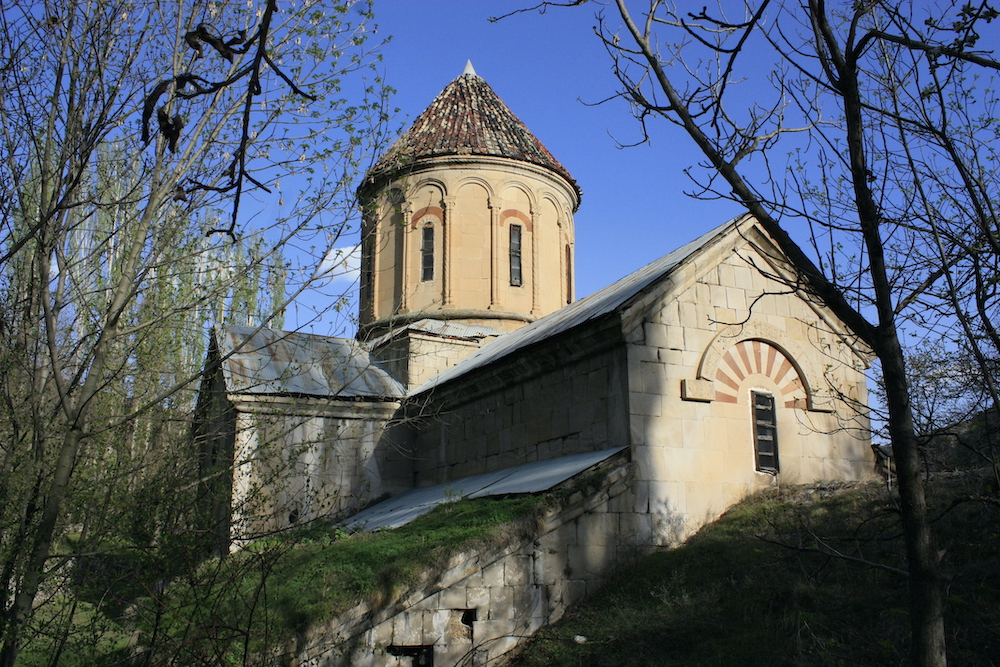
Khakhuli Monastery, Church of the Virgin Mary (Bağbaşı). Photo by Neli Chakvetadze
The quality of the architecture and the level of construction technique are extremely high.
The state of repair is very fragile, taking into an account the harsh climatic conditions.
Most of the structures were abandoned and totally neglected until recently. Gold seekers excavated and damaged some parts of the buildings, and the stones were used as building materials.
Ruins of the Ortuli Venk (Örtülüvank) Church. Photo by Irene Giviashvili
Several churches were used as mosque spaces, which insured better preservation of the sites.
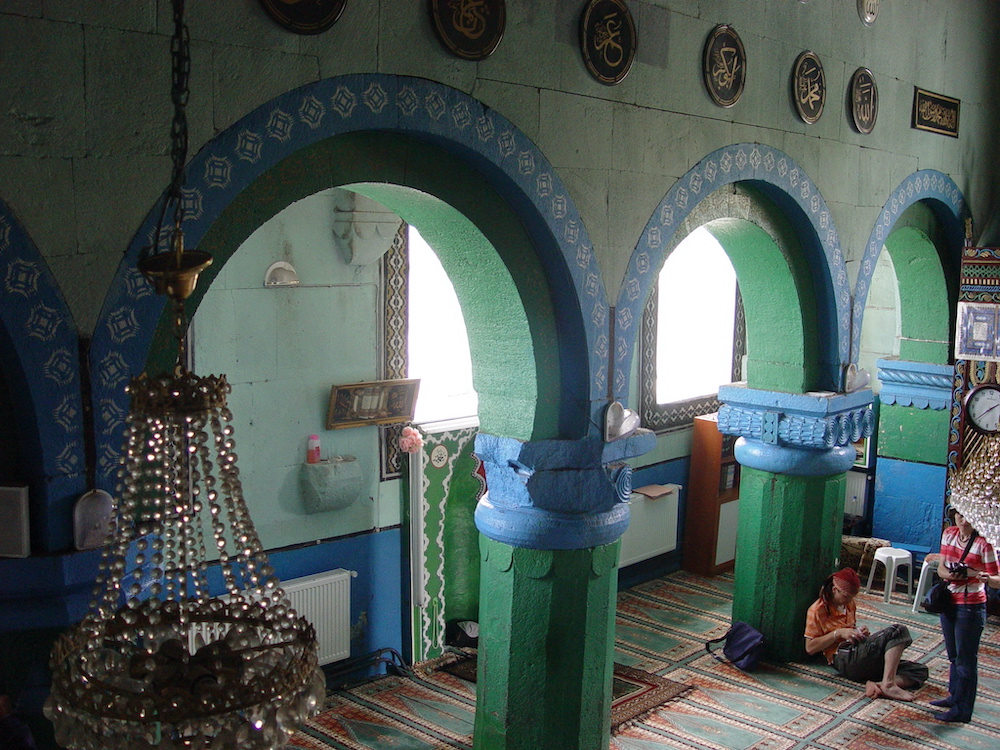
Interior of the mosque in Urta Church (Gölbelen). Photo by Irene Giviashvili
Restoration has been completed on the Ishkani and Parkhali Churches. Restoration works are in progress at Oshki.

Ishkhani Cathedral during restoration work.
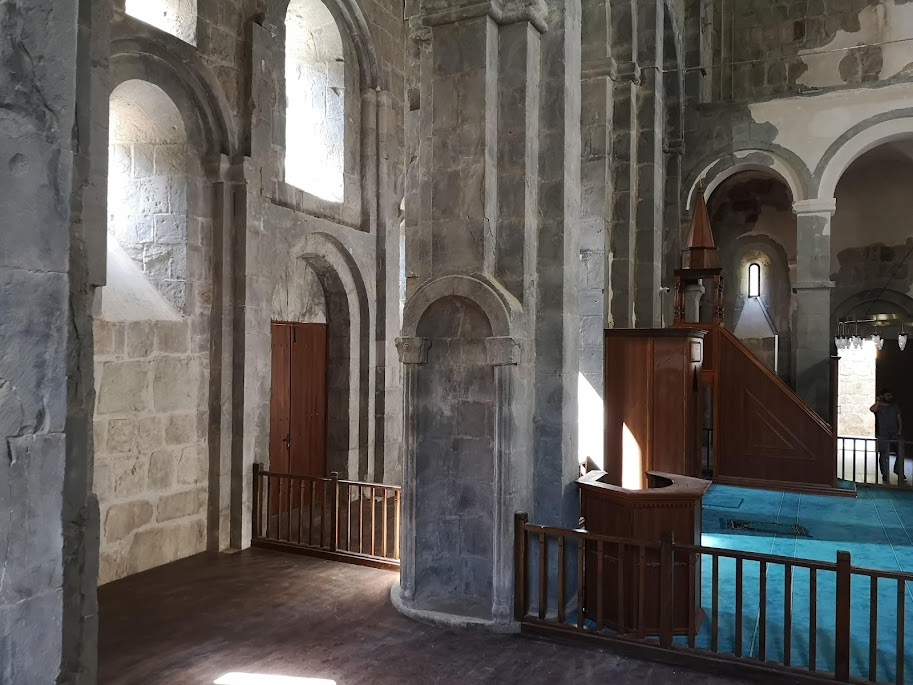
Interior of the newly restored Parkhali (Barhal) Monastery church. Photo by Irene Giviashvili
Archeological works were completed at Ishkani and Shavsheti Fortress, and partially completed at Tbeti.
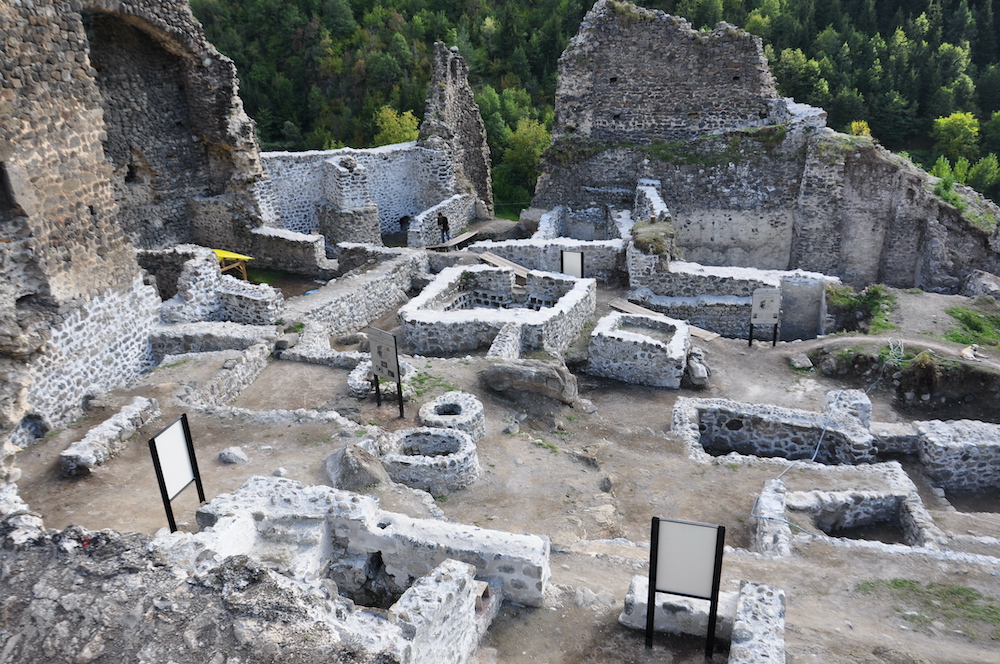
It is worth mentioning that the most venerated icon among Georgians — the Ancha Icon —comes from Klarjeti; and the largest icon among the entire Eastern Christian World, the Khakhuli triptych of the icon of Virgin Mary, was originally assembled in Khakhuli and arranged on a gilded and silver frame along with a sizeable collection of Georgian and Byzantine enamels.